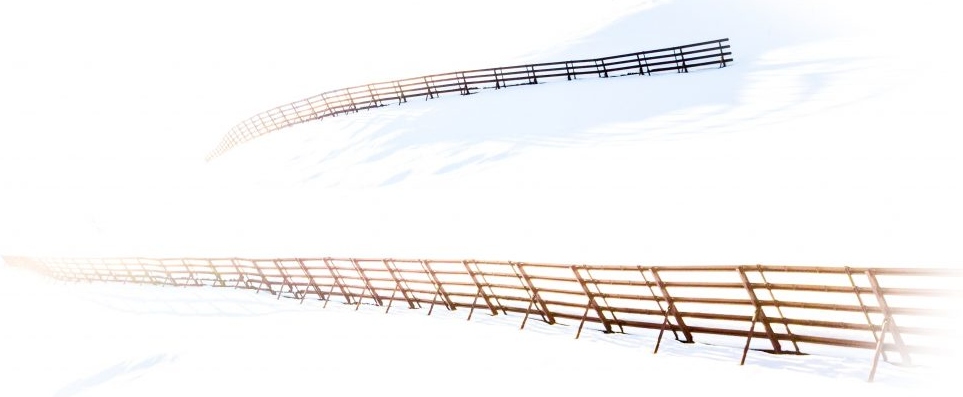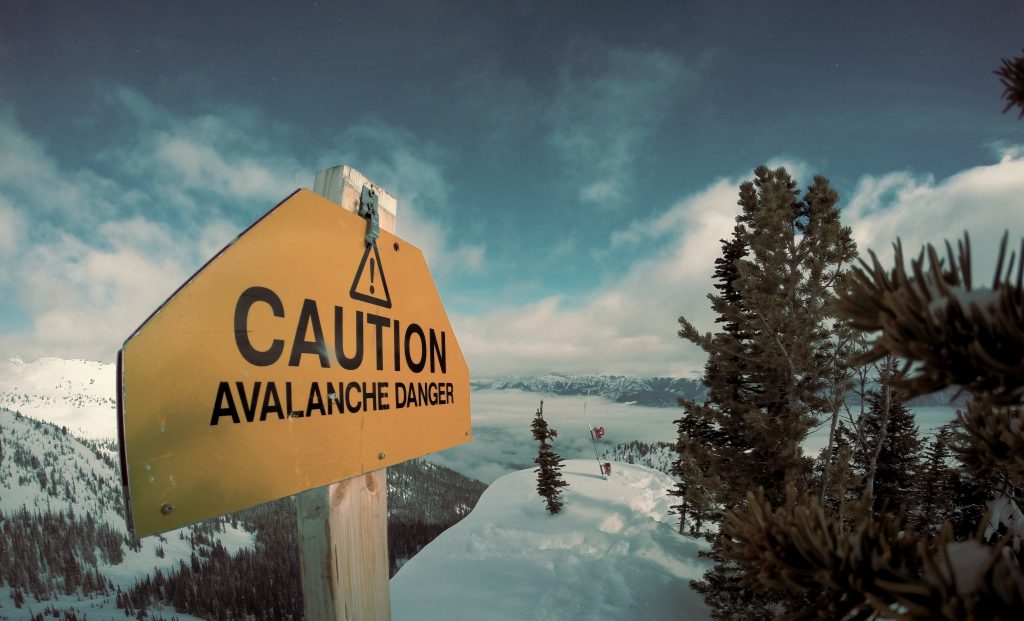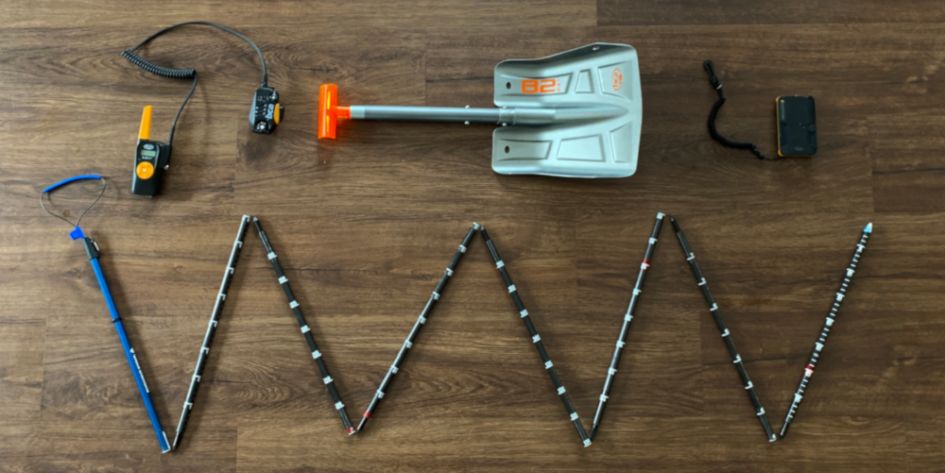Are you looking to venture off-piste and explore everything that the mountain has to offer but are concerned about avalanche safety?
If so, you will more than likely be aware of the risks that pose a threat to you! With this in mind, there will probably be many questions running through your mind: “How can I be prepared for an avalanche?” or “What do I need in case I am involved in an avalanche situation?”.
Below you will find a guide to ensure that you are practicing effective off-piste safety. Including the most important pieces of avalanche equipment to take with you and the warning signs that could lead to being stuck in a large mountain slide.
Avalanche Safety Kit: The Must Have’s In Your Backpack
1. Beacon – Electronic beacons are devices that send and receive radio signals that can be picked up by other beacons in the area. All beacons run at a frequency of 457 kHz, this means that regardless of which brand you have, they all work with each other! They work by sending out pings that will shorten in frequency the closer you get to each other. Some higher tech models also come with a visual aid. You MUST practice with your friends before heading out, they can sometimes be tricky to use.
2. Probe – Now that the person has been located, it is essential to have a probe in your avalanche safety kit. Probes are typically made of carbon or aluminium that average in size between 6-10 feet in length, they are used to poke through the snow to find the exact location of the buried victim. Once located it is also possible to determine the depth at which the victim is buried.
3. Communication – Being face to face with an avalanche is terrifying and losing sight of your friends is incredibly easy. Having radio communication will allow you to ensure everyone is safe, or failing that, it will alert you that a friend is missing. Having a satellite phones is also advised so that in times of emergencies, you can call mountain rescue and get help as soon as possible.
4. Shovels – Once you have a location, you need to start digging. Avalanche snow is notorious for being similar to cement, do not underestimate how hard it is to dig through this snowpack. Your hands will not do the job. Metal shovels are required to slice through the hard snow, plastic shovels are NOT adequate.
5. Avalanche Airbags – It’s not just the contents of your backpack that are essential, the backpack itself can be the difference between life and death. It is commonly believed that in something as dynamic as an avalanche, larger objects will generally be re-shuffled and land on top. This is why gas powered airbags that inflate via a manual ripcord, can be real lifesavers. The airbag’s large volume will help you rise to the top of the avalanche debris and remain inflated to ensure you are visible for your rescuers. Avalanche fatality rates went from 19% without airbags, to 3% with airbags… Concluding to a 97% success rate!
What Causes Avalanches?

The weather is one of the most important factors to consider when thinking of the conditions that cause an avalanche. Slides occur when you have a surface bed of snow that has a weaker layer on top, that if triggered by human error or a natural cause, will lose tension and begin to head downhill. Avalanches tend to be caused by humans 90% of the time, with the victims nearly always being skiers, hikers and snowmobilers. If there has been a period of slightly warmer weather, followed by snowfall, the slightly melted snow will freeze and offer an extremely slippery layer for the new snow to fall on top of… Deadly! One of the highest risk periods in which avalanches can happen is straight after, or during, a heavy snowstorm.
These snow slides tend to occur on a mountain slope with at least a 30-degree incline, more commonly happening on slopes between 30-50 degrees, with the real danger zone lying between 35-45 degrees. It is sometimes difficult to ascertain how steep a slope is, so for those who wish to be extra safe, an inclinometer can be a very handy tool to gauge this.
Avalanche Safety Tips
There are many different factors that come into play when deciding whether an avalanche is likely to happen or not, knowing the signs can save your life!
As all keen off-piste skiers know, post-snowstorm is the best time to head into the backcountry! So with this in mind, those who still wish to head into the unknown, it is best to stick to ridges and where possible avoid concave slopes or slopes that funnel into a bottleneck – always have avalanche safety in mind.
Even if you believe you are not in danger, nature can throw a curve-ball, leaving you in a sticky situation. As seen from the video, you can never be too safe…
Video Credit: Jay B. Lane, via KGW News.
Knowledge is KEY
Education and proper training is essential in truly understanding the warning signs that cause major mountain slides. Only professionals can guide you on how to use your equipment to maximum effectiveness and to teach a hands-on approach to how to save the life of a fallen comrade, in the worst-case scenarios. For those who wish to have some avalanche training in the Alps, the Avalanche Academy is a step in the right direction to ensure you are practising effective off-piste safety to the highest degree.
Those who are looking to venture into the mountains with avalanche safety in mind, please do give us a call on +44 (0)1202 203650 or send us an email. We can recommend the ski resorts that suit you best and create a holiday to remember.








